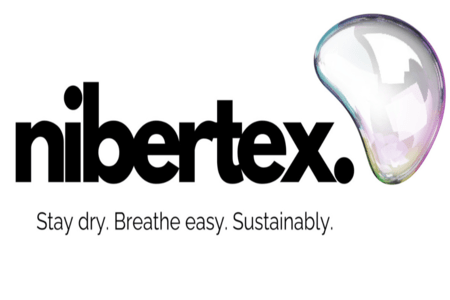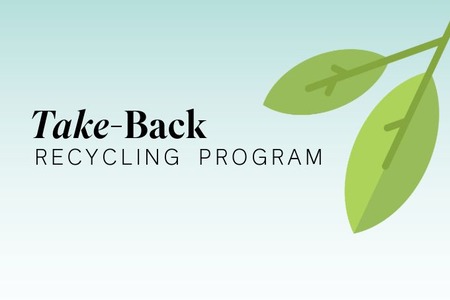
Sustainability is a tectonic shift in fashion
YarnsandFibers News Bureau 2019-10-03 13:30:00 –Sustainability is the fashion industry’s latest trend. Brands, retailers and designers are pledging their hearts to the environment and to protecting their workforces, and yet the industry remains the second largest polluter in the world. The horrendous working conditions and illegally low wages at Boohoo’s factories have not stopped the company’s profits from growing, or consumers wanting their fast fashion.
Of the two opposing forces: the desire to be sustainable and the desire for fashion at a low price, which one is set to win in the long term? To understand this, we need to look at the two main entities that can affect real change: mass market consumers and big companies.
On the big company side, we are seeing both mass market and luxury brands singing from the same song sheet. Inditex, the owner of Zara, pledged that all of Zara’s collections will be made from 100% sustainable fabrics before 2025. At the G7 summit this August, French President Emmanuel Macron unveiled the Fashion Pact, a set of shared objectives for the fashion industry to reduce its environmental impact. Francois-Henri Pinault, the chief of executive of Kering, is leading the initiative, which has now been signed by 30 brands.
Consumers also seem to do more than say the right thing. Millions of people are marching against climate change, inspired by Greta Thunberg’s protests in New York last weekend. Part of the climate change conversation is about the sustainability of the clothes people wear and the food they eat.
Activist and filmmaker Susan Rockefeller sees a shift from consumption to creativity. She says “we have created a culture of fast food and fast fashion. Maybe it’s convenient for us but it’s completely destroying our environment.”
This attitude is being echoed in the rise of second hand buying, but seen through a new lens. Previously, somebody would buy a second-hand Chanel because they could not afford a new one. This aspirational purchase meant that they would not want to tell anyone that they bought the bag from another owner. Today’s second-hand movement is different. Today’s second-hand consumers are proud of how they buy, because it is not about saving money, but about protecting the environment.
How to make and sell sustainable fashion was on everybody’s lips at Fashinnovation, a conference that opened New York Fashion Week, where Rockefeller delivered the keynote. She believes that a positive outcome of sustainable fashion will be not only a cleaner planet and better working conditions, but a flourishing of human creativity and individual style. Rockefeller says “when people own who they are and what their own style is, they don’t need to be seasonal. They can think about what makes them feel good and find creative expression in their clothing and their work”.
However, it is difficult for anybody but the biggest brands to be sustainable, without massive cuts into their margins. Amidst the retail apocalypse, when well-known retailers are failing and Amazon is ever expanding into fashion, shrinking margins are not what brands what to see.
Choose one goal and work towards it
Rockefeller suggests picking one of the Sustainable Development Goals and working towards that. She says “for new designers, if you are making something, make it as sustainably as possible. Try to find alternative packaging, find where your fabrics come from.” Rockefeller, who sits on the board of the Oceana, a non-profit to preserve the world’s oceans, adds that picking sustainable fabrics is especially important for ocean protection. Since up to 35% of the microplastics found in the ocean come from synthetic clothing, it is worth checking to see how your latest leggings are made.
Tina Nguyen, a sustainability expert who advises large fast fashion companies and small luxury brands, says that education and collaboration are the two vital steps towards sustainability. She says that companies must “educate themselves on the human rights issues that are prevalent in global supply chains and on the environmental costs of producing their key products.”
Knowledge is the first step
Nguyen clarifies “on the human rights side - the first step is to map your supply chain and to identify the actual factories that are making your products. A responsible company will visit these factories to ask the questions directly and see the working conditions with your own eyes.”
Nguyen adds that “on the environmental side - a good starting point might be to focus at your best-selling products and high-volume materials. Fashion is one of the most polluting industries in the world and this occurs at all stages of a product's lifecycle. Only by first identifying the environmental impacts can a business make meaningful changes and improvements.”
Collaborate with the competition
Unlike the fight for the consumer’s wallet, “sustainability is not a competitive space. If you are working with a factory that produces for other brands then get in touch with them and see if they would like to collaborate on improvement projects.”
The number of people wanting their clothes to be sustainable as well as beautiful is rising. As always, the brands that give the consumer what they want are those who are set to win.
Courtesy: Forbes
Market Intelligence
Ask for free sample Report

experience
Customer Base
dedicated team
Countries Served Worldwide









